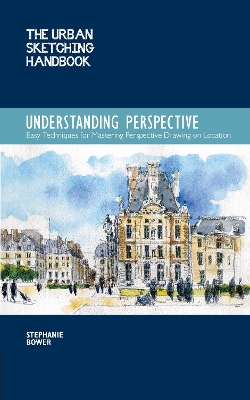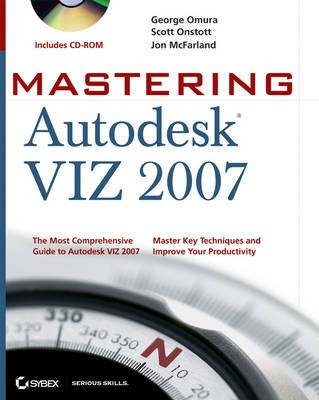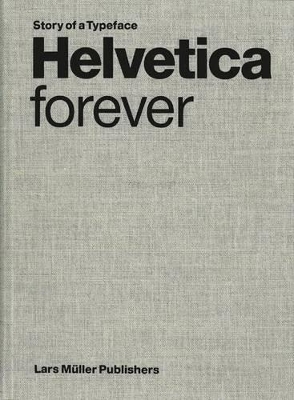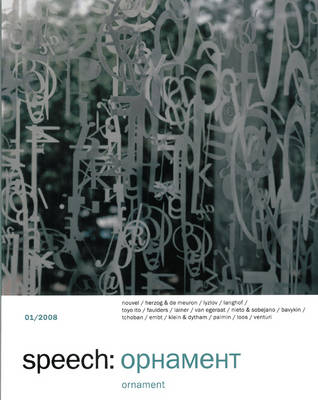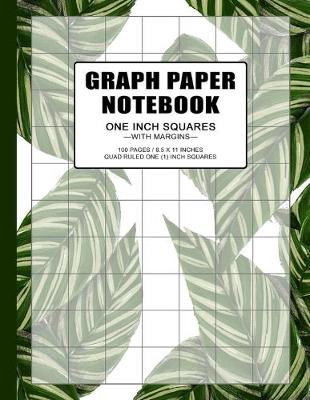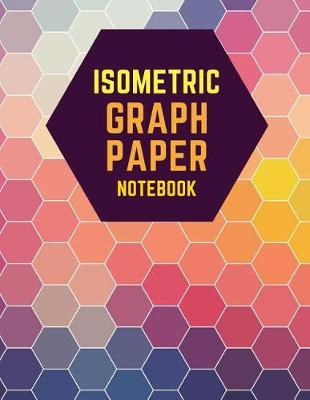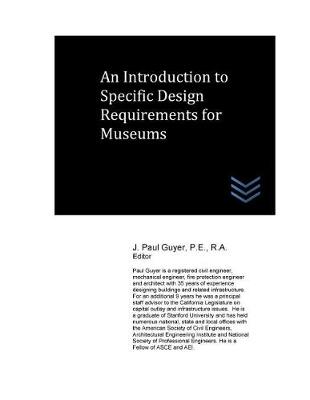The Urban Sketching Handbook Understanding Perspective
by Stephanie Bower
A good sketch starts with good bones. The fourth book in the Urban Sketching Handbook series uses drawings and simple steps to explain the often challenging and overwhelming concepts of perspective in practical and useful ways for on-site sketching. Most books are either too abstract or don't provide enough information that relates to what you actually do when you're out in the busy, wide world about to start a drawing. Where do you start? How do you edit what you see to flatten and shrink it o...
Energy Grids (Geographic Hosts, #6) (Piers of Growth, #15)
by Sherri Lynne Harmon
Mastering Autodesk VIZ 2007
by George Omura, Scott Onstott, and J. McFarland
Turn Your Ideas Into High-Impact 3D Models and Animations Transform flat drawings and concepts into impressive 3D visualizations that will amaze your clients with the comprehensive instruction you'll find in Mastering Autodesk VIZ 2007. Written by VIZ experts, this book shows you how to get the most out of the latest version of Autodesk's powerful 3D design, modeling, and animation tool with an in-depth, tutorial-based approach grounded in real-world examples. This new edition has been fully upd...
Mastering Autodesk Revit Architecture 2012 (Autodesk Official Training Guide)
by James Vandezande, Phil Read, and Eddy Krygiel
Complete and thorough update to this Autodesk Official Training Guide! With pages of focused discussions, detailed exercises, in-depth coverage, and compelling examples, this comprehensive guide shows you how to implement and use Revit Architecture with spectacular results. You?ll learn how use the interface, how to create fantastic building designs with Revit, how to produce solid documentation?even how to go direct to fabrication with Revit. An Autodesk Official Training Guide, this thorough...
Designed in 1957, the Helvetica font is an icon of Swiss graphic design, which was a model of sober, functional communication throughout the world in the 1950s and 60s. The balanced and neutral appearance of Helvetica forgoes a high degree of expressivity a quality for which it is both criticized and admired. This polarization has helped to gain it unparalleled notoriety. Helvetica is far and away the most widely used of all typefaces; according to a survey by the Berliner Fontshop-Archiv, it...
The first in a new series called A5 in which important figures in the history of design will be made accessible to a broader audience. The graphic artist Hans Hillmann is one of Germany's most important poster designers and illustrators who, as a professor of graphic design for more than 30 years, had a formative influence on entire generations of designers. 120 illustrations
This book examines heritage-led regeneration and decision-making processes in Tokyo’s urban centres of Nihonbashi and Marunouchi. Detailing some of the city’s most prominent and recent redevelopment projects, Jiewon Song recognizes key institutions and actors; their collective actions as placemakers; and how they project the authenticity of urban places in planning processes. Song argues that heritage-led regeneration tends to monopolize authenticity by weakening the visibility of other cultural...
Building information modeling (BIM) is the new AutoCAD® for architects and interior designers—and Revit® Architecture is the leading software package in the BIM marketplace. Revit® Architecture 2018 for Designers is written specifically for architects and interior designers as they transition from CAD to BIM. Beginning with the building blocks of BIM modeling (walls, windows, and doors), the text progresses through dynamically generated 2-dimensional and 3-dimensional views to advanced fe...
This issue of "Speech" is dedicated to working with old buildings. It is difficult to find a single word that encompasses this topic, as there are so many different terms: reconstruction, renewal, renovation, revitalisation, regeneration! Usually they are used in conjunction with terms such as expansion, extension, transformation, conversion, change of function or re-adaptation. It is for that very reason, that it was so difficult finding an appropriate title for this issue. All the terms quoted...
This is a superbly illustrated three-volume collection exploring the latest trends in modern architectural details. This magnificently illustrated three-volume collection explores modern architectural details across a wide range of building styles - from residences to commercial buildings, cultural centres to carparks, medical to educational buildings, and more. Featuring more than 200 real-life case studies, Modern Architecture Details Collection provides an analysis of modern design, a summary...
In Search of Elegance: Towards an Architecture of Satisfaction
by Michel Lincourt
History, Performance and Conservation (Technologies of Architecture)
by Barry Bridgwood and Lindsay Lennie
Ideal for students of architectural technology, this volume of the Technologies of Architecture series covers the technologies available and the processes necessary for the conservation of existing buildings and environments. This book provides, in a single text, the tools for students to be able to evaluate such buildings, as well as an extensive understanding of the mechanisms which cause their deterioration and knowledge of the technologies available to correct their status. The ever higher s...
This edited collection of essays brings together the author's key writings on the technological, cultural and theoretical developments reshaping modern architecture into a responsive movement for the 21st century. The author approaches the subject of architecture and its relation to social and cultural identities from a wide range of knowledge, including cybernetics, philosophy, new human science and development planning, as well as his experience as a teacher and critic on four continents. The...
An Introduction to Specific Design Requirements for Museums
by J Paul Guyer
The Model as Performance (Performance and Design)
by Thea Brejzek and Lawrence Wallen
The Model as Performance investigates the history and development of the scale model from the Renaissance to the present. Employing a scenographic perspective and a performative paradigm, it explores what the model can do and how it is used in theatre and architecture. The volume provides a comprehensive historical context and theoretical framework for theatre scholars, scenographers, artists and architects interested in the model's reality-producing capacity and its recent emergence in contempo...
